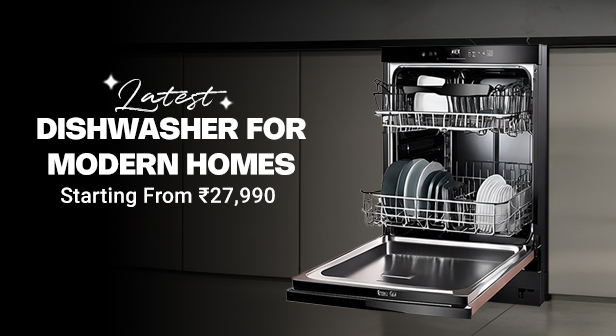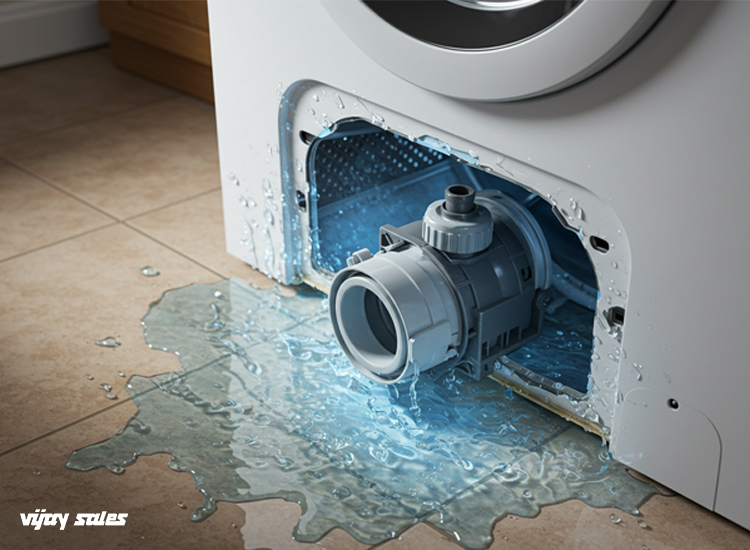Step-By-Step Guide to Fix a Non-Draining Washing Machine
1. Preparation and Safety
- Unplug the machine before anything else.
2. Clean The Drain Filter
- Locate the filter, which is usually behind a small front panel. You can check the manufacturer’s guide or manual for your specific model.
- Open it gently. Be careful, as some water will pour out.
- Rinse the filter under warm running water and remove all debris.
- Reinstall it securely, then run a quick spin cycle to check the drainage.
3. Clear The Drain Hose
- Detach the hose from the washer and drain the standpipe.
- Look for lint, small items, or residue inside.
- Flush the hose with clear water, then reattach it, ensuring it is free from the floor and has a slight upward slope.
4. Check The Water Pump
- Remove the rear or base panel to access and check the water pump.
- Look for debris around the impeller and remove anything you find.
- Spin the impeller by hand. A smooth motion means it is unblocked.
- Reassemble and run a drain or spin cycle to test.
5. Inspect Internal Hoses
- If you are confident, open the casing of the machine.
- Check hoses for bends or blockages. Clear or replace any obstructive lines.
- Reassemble and test again.
6. Reset or Run the Drain/Spin Mode
- Use the washer’s “Drain/Spin” option to drain water manually.
If your control panel supports it, unplugging the machine for a couple of minutes may reset its sensors and fix the issue.


















.jpg)

.jpg)





.jpg)



.jpg)



.jpg)

.jpg)

_.jpg)













